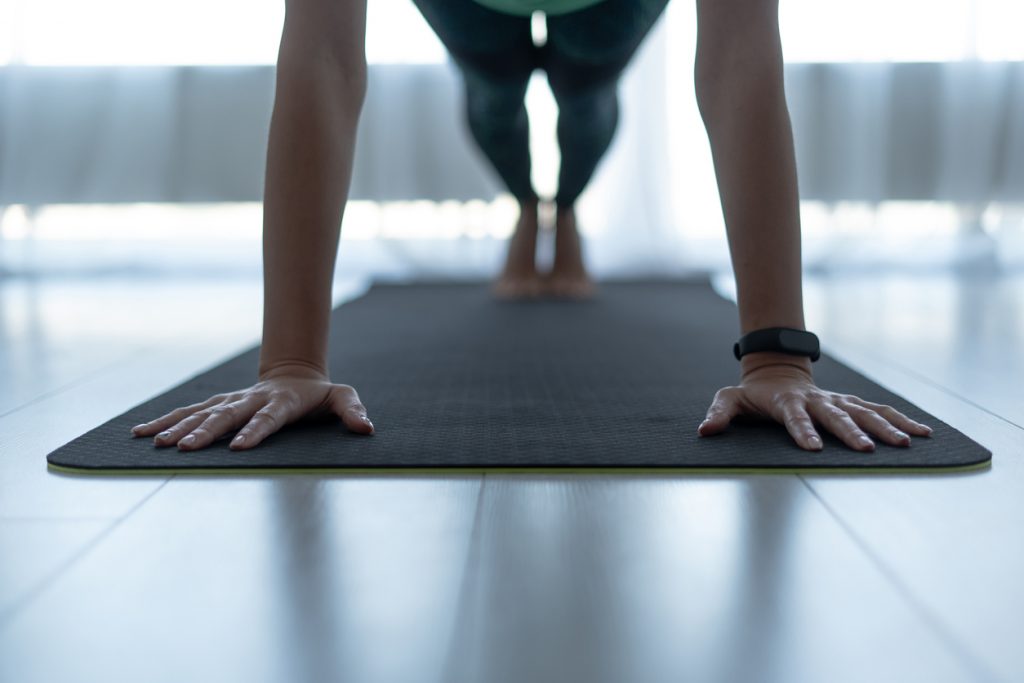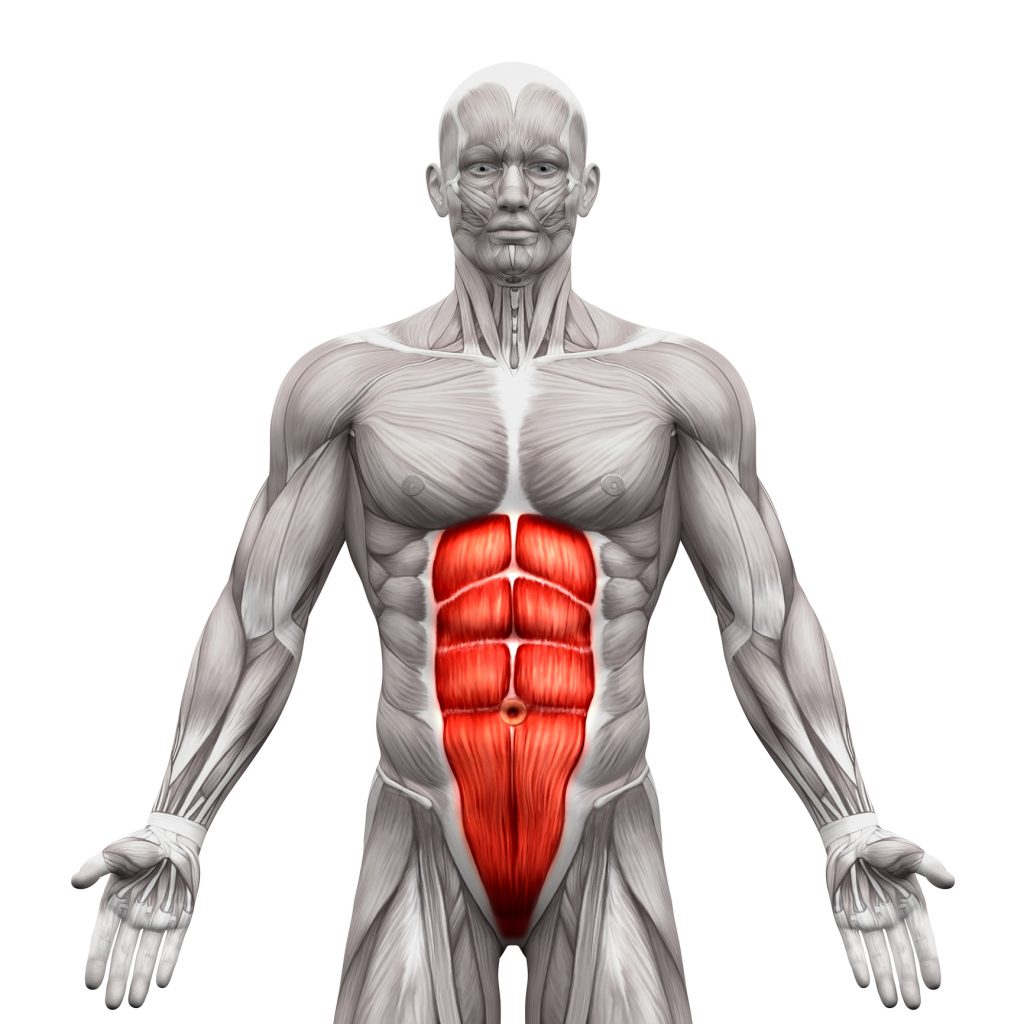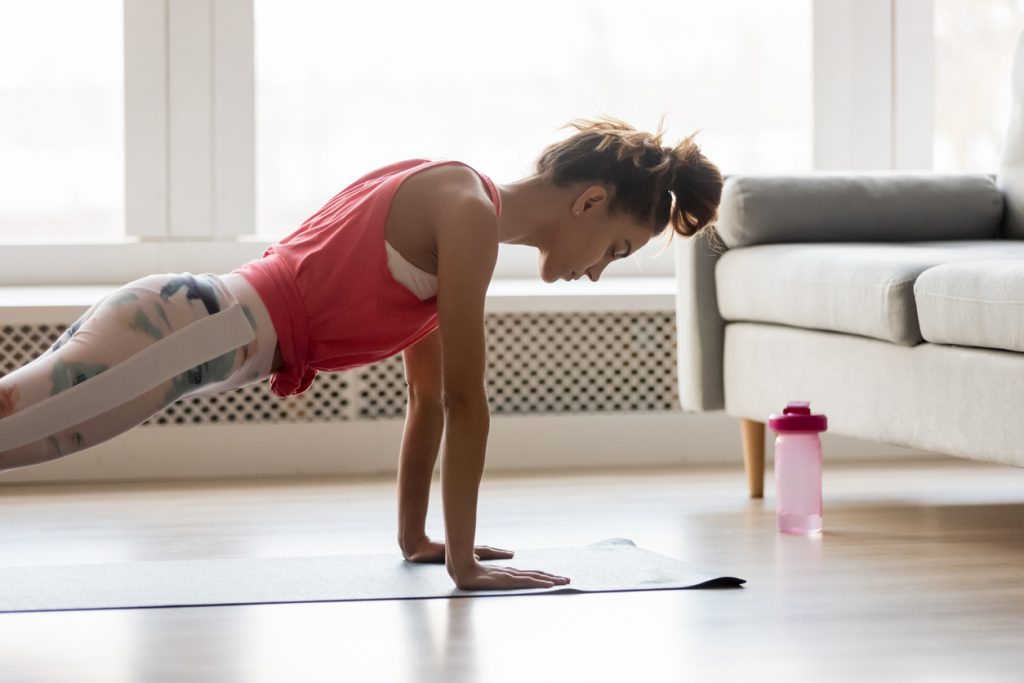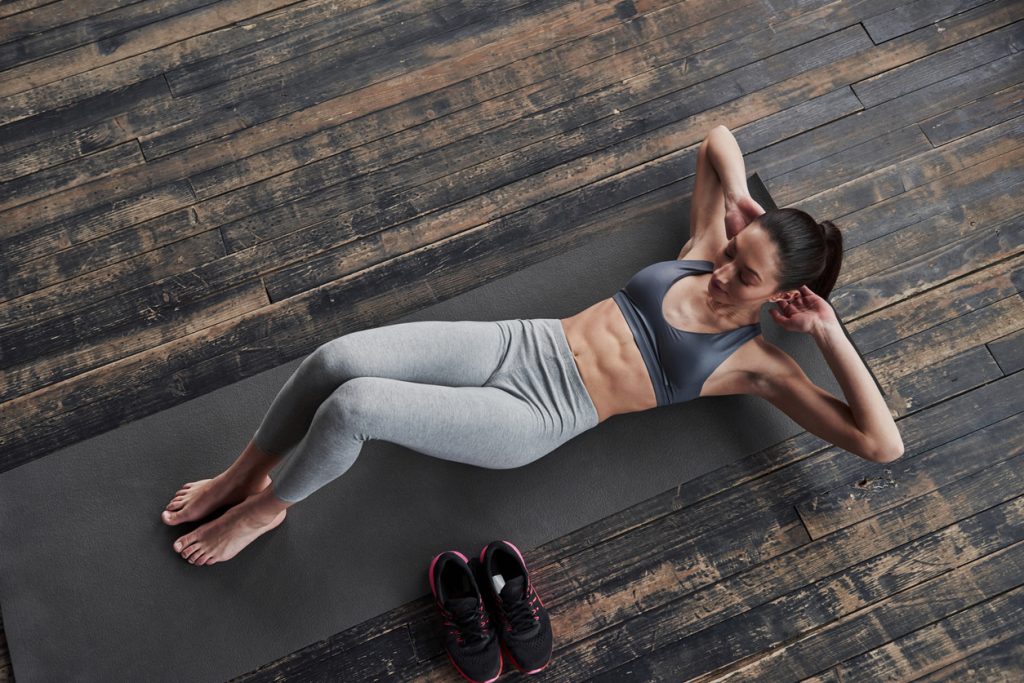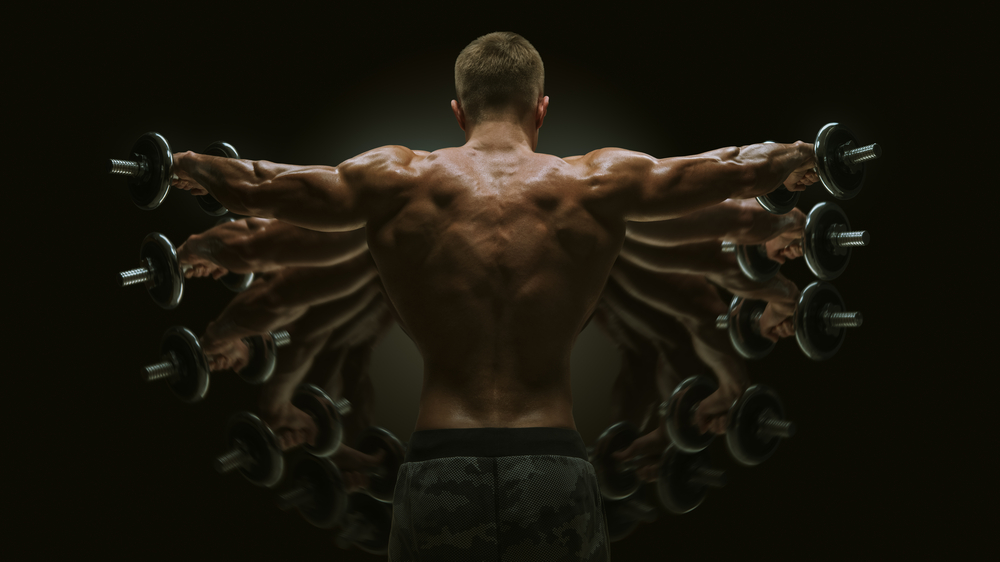How To Build Up Your Abdomen
Who wouldn't dream of having a 6 pack on their abdominals? It's time to take action! A good way to get well sculpted abs is to work the rectus abdominis. Located between the rib cage and the pubis, it is the most visible muscle on this part of the body, as it is located just below the skin. From an aesthetic point of view, working it well can give an incredible result on the whole of the abdominal muscles. Developing the abdominal muscles is not that complicated, but if the basic exercises are not targeted enough or are done in the wrong way, this can make your exercises ineffective. So, how do you develop your abdominal muscles properly?
Tips for developing abs
To see abs develop, you need to opt for targeted movements in exercises. Most of them can be done at home, as no special equipment is required. The most effective exercises are stretching and strong muscle contraction. The movements must be done in succession, for a certain length of time under tension and with great resistance. This makes it possible to work several muscles at the same time and to have a maximum intensity during the contraction. Examples of this are the crunch and the pelvic curls which would be very effective. However, good technique must be applied. For example, pelvic curls should not be confused with simple leg movement exercises. For the crunch, ideally you should include a rotation and bending movement, such as the side crunch or oblique crunch.
How to improve the quality of work?
For best results, try to accelerate the speed of execution of the movements,increase the duration of contraction of the muscle,focus on isolation or change the inclination of the chest. When performing the crunch, either use an incline bench or lie flat. For the pelvic curl, varying the exercise between a floor, bench, or pull-up bar would be advantageous. Intense workouts should be preferred to repetitive ones. It is important to keep the abdominal belt balanced, taking into account the other muscle groups.
As in any sport, progress only comes with a strong patience,assiduity and astrict observance of the instructions. To avoid excessive fatigue which could affect health, the body must be given the recovery time it needs. Also, the diet followed must not be neglected.
Caution: overdevelopment of the abdominal muscles is harmful to physical health: it brings the trunk forward, causes a curved appearance and makes the shoulder come forward. It is therefore necessary to practice the exercises with a reasonable frequency.
Mistakes to avoid
The movements performed to build up the abs often consist of shaking the legs. In reality, this has very little effect on the muscles that make up the abdomen.
This is because the femur, the thigh bone, acts as a hip flexor. Exercises such as the leg raise, squat, overhead press or sit-up will therefore at most work the psoas, which belongs to the stomach muscles, or stabilise the torso, but do not work the abs directly. Continuously engaging the psoas only accentuates the lumbar curvature, since the lumbar vertebrae is pulled forward. As a result, the belly is rounded.
Also, it is important to know that isometric exercises are not ideal for developing the abs. This type of exercise simply serves to gain muscle. However, according to electromyogram data, abdominal exercises do not put much strain on the abdominal muscles.
Thus, they do not define the squares of the chocolate bars, nor do they add volume. However, they do promote a "flat stomach" effect.
Some examples of exercises
We show you how to do the most effective exercises in terms of abs development.
The oblique crunch
Lying on your back with your feet shoulder length apart on a bench, knees at 90°, put one hand flat on the floor and another hand behind your ear with your elbows apart. Next, lift the upper part of your back that corresponds to the hand raised towards the opposite knee.
In this position, lift your torso so that the shoulder blade is off the ground. Repeat this 10 to 20 times, then switch sides. Exhale in the up position and inhale in the down position. Be careful that your lower back never comes off the ground, and also be careful not to pull on the neck! It is the abdominal muscles that must work, not your neck...
Pelvis roll
Lying on your back with your hips flexed and your palms facing up, point your legs to the sky with your knees slightly bent. Roll up your pelvis, raising your feet vertically towards the ceiling. Exhale during the effort.



